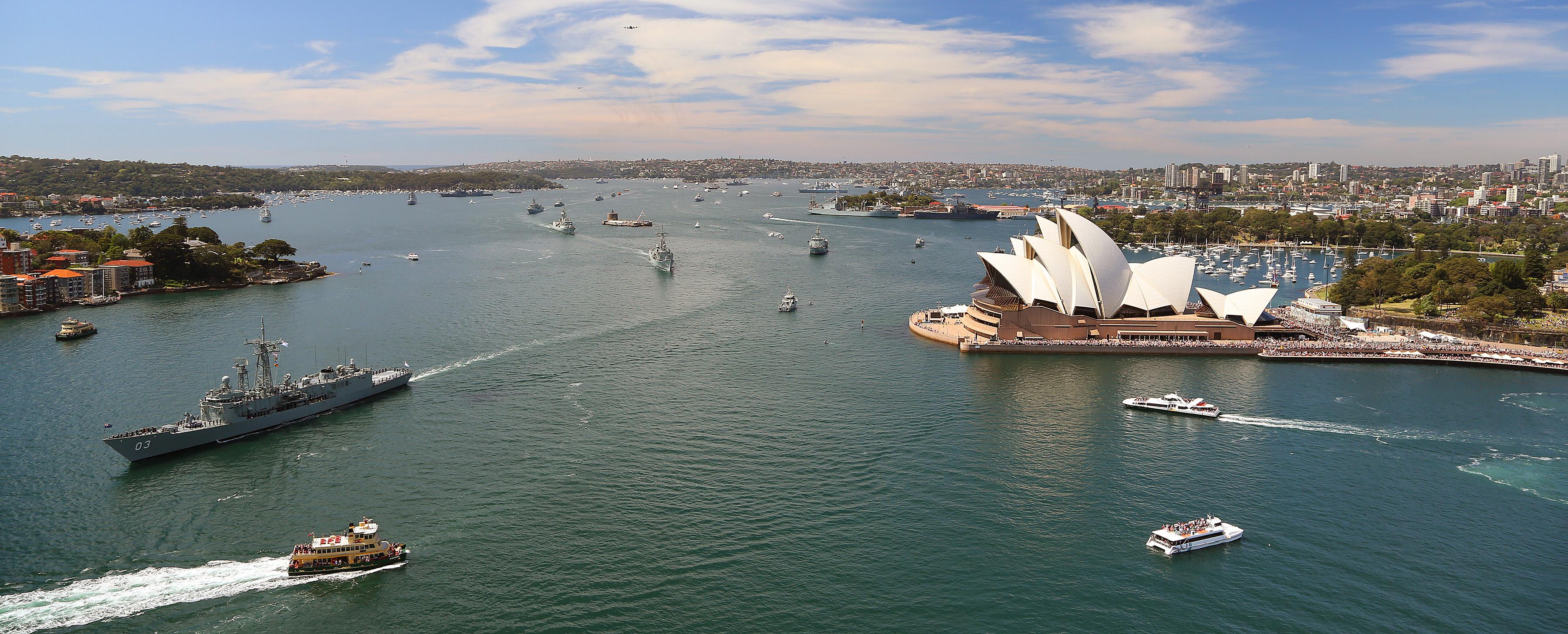Not dead yet: White Paper 2013 clings on
Posted By Peter Jennings on October 10, 2013 @ 13:30
Speaking at the Sea Power Conference [2] earlier this week, an apology was necessary to Shakespeare when I mangled his line in Julius Caesar: ‘I come to bury the 2013 White Paper, not to praise it.’ The organisers asked me to evaluate the White Paper and to say what parts of it might survive the change of government. In this, the first of two blog posts, I set out the positives and negatives of the 2013 statement. In the second post I’ll offer some thoughts on how the Abbott government should develop a new defence white paper.
Released in May, the 2013 defence white paper always seemed destined to have a short shelf-life. We knew the government was heading for a September 14 election. Opinion polls suggested a Labor defeat was likely which meant the white paper was likely to appear as a legacy statement.
In fact, the document had an even shorter life than we expected. Kevin Rudd’s return to the leadership had three key impacts on defence policy. First, Defence Minister Stephen Smith announced his retirement from politics, staying on to the election as a caretaker minister. Second, Rudd gave every indication that he preferred the policy settings of his own white paper released in 2009. Third, the election was brought forward by a week to 7 September.
In effect, no Australian defence white paper has had as short a run as an expression of Government policy as the 2013 version. The new coalition government has committed to produce another defence white paper within 18 months, so we can expect a policy release towards the middle of 2015. I’d argue that it’s unlikely there’ll be too many changes in the early strategic overview and international security chapters of the next white paper—with one exception on the language used on China.
The 2013 defence white paper articulated a plan for the ADF to pivot back to closer engagement in our region. The document made a strong statement of intent to deepen relations with Indonesia and reinvest in defence cooperation with Papua New Guinea. It pointed to a rapidly growing strategic relationship with Japan. This’ll certainly continue under a coalition government. The term ‘Indo-Pacific strategic arc’ is also likely to remain. It reflects a unique strategic reality: the country faces both oceans and its economic well-being relies on the peaceful flow of commerce between these oceans.
Unlike the National Security Strategy, the white paper had a harder-edged view of risks to regional security. It tackled and dismissed the proposition that we have to choose between China and the US. Neither country wants us to choose, nor is it in our strategic interests to do so. The US alliance received a more substantial treatment than it did in the Asian Century White Paper. It was a pity that the white paper didn’t take the opportunity to speed up cooperation with the US on Marine Corps and Air Force deployments However, that’s something we should expect the new Government to pursue.
The White Paper reprised much of the ground covered in the Force Posture Review study of 2012. Decisions to undertake facilities improvements on the Cocos Islands, Darwin and RAAF base Tindal were welcome. You might also say that Navy dodged a rather unexpected bullet during the election campaign when Prime Minister Rudd proposed relocating Fleet Base East to Brisbane. That’s unlikely to happen any time soon, especially after the International Fleet Review 2013 and Navy week so successfully linked the fleet to Sydney Harbour.
One major reservation about the international security aspects of the 2013 white paper was its treatment of China. When compared to the 2009 paper, the language on China was softened. But while white papers shouldn’t aim to create enmity, the new government will have to re-think the language it uses. The growth of Chinese military capabilities coupled with a more assertive use of Chinese diplomacy in the North and South China Seas worries many countries in the region. The next white paper needs to capture that sense of concern without exaggerating the risks to Australia, or exaggerating our capacity to shape regional security.
On defence spending there was a small injection of funding to pay for the Growler acquisition, but this was a white paper fitted for but not with money. The new government will have to revisit that situation. Tony Abbott’s announcement during the election campaign that ‘within a decade … defence spending will be 2% of GDP’ is welcome, but it’ll be very challenging to deliver. Mark Thomson calculates that lifting defence spending from the present 1.67% of GDP to 2% means that the budget will be around $50 billion a year in 2022. And while the 2% figure is arbitrary, its great virtue is that both major parties are using it as a target to grow the current budget. If we assume a steady growth up to 2%rather than a massive hike in spending at the end of the decade, Abbott’s commitment would cost an additional $35.5 billion over ten years.
Just as important as the content of new policy is the means by which that policy is developed. Although discussing process can be eye-glazing to all but a few hardy souls in the policy business, the reality is that good processes make good policy. In my next post I’ll suggest the steps the government should take to improve the quality of defence policymaking processes for white papers.
Peter Jennings is the executive director of the Australian Strategic Policy Institute. Image courtesy of Department of Defence [3].
Article printed from The Strategist: https://aspistrategist.ru
URL to article: /not-dead-yet-white-paper-2013-clings-on/
URLs in this post:
[1] Image: https://aspistrategist.ru/wp-content/uploads/2013/10/20131005ran8484535_035.jpg
[2] Speaking at the Sea Power Conference: http://www.aspistrategist.ru/events/recentEventDetail.aspx?eid=517
[3] Department of Defence: http://images.defence.gov.au/20131005ran8484535_035.jpg
Click here to print.
